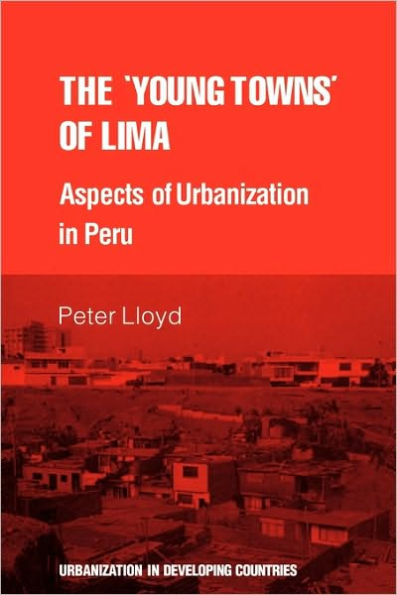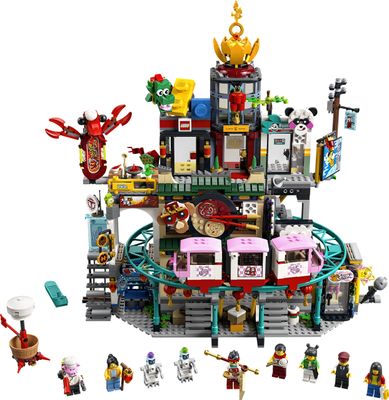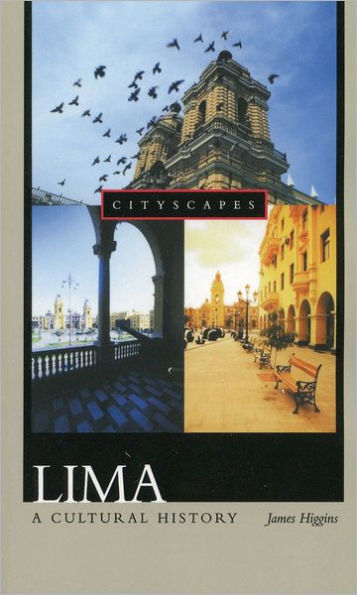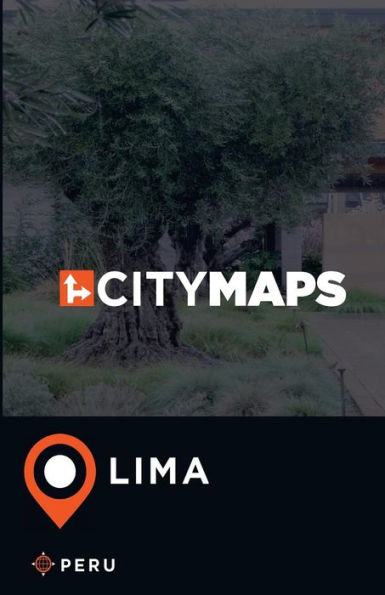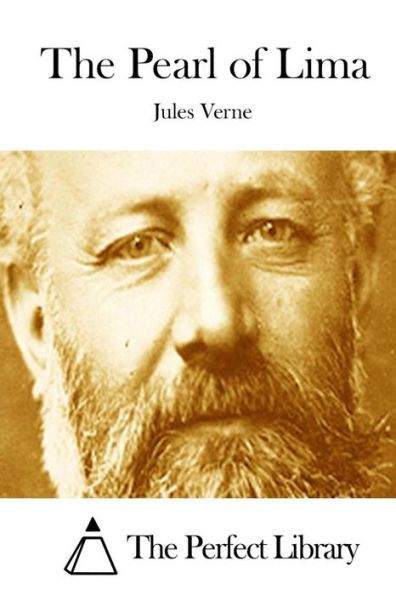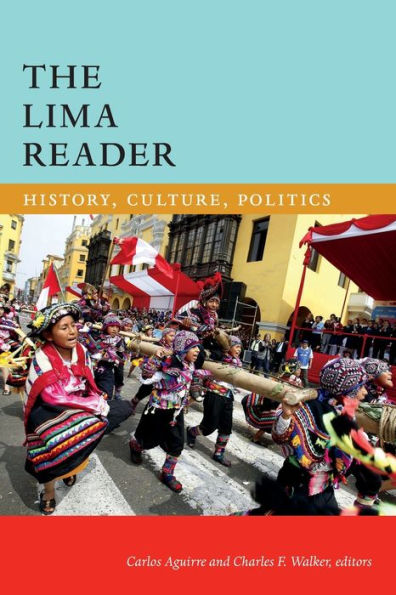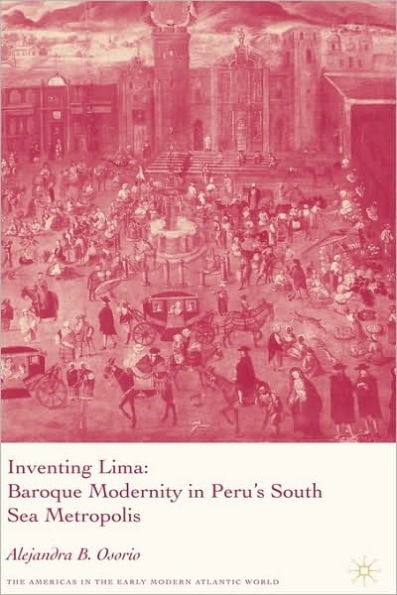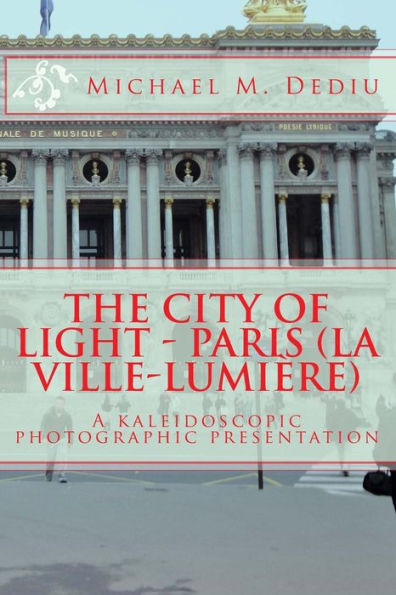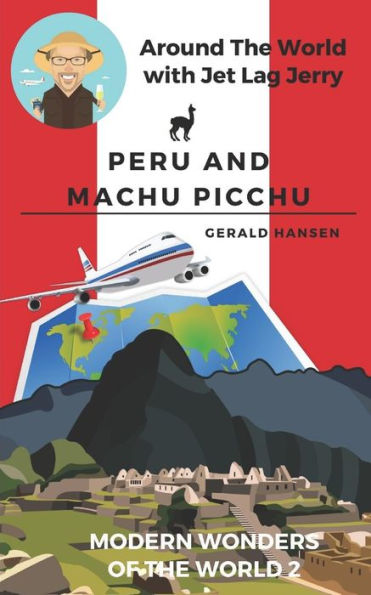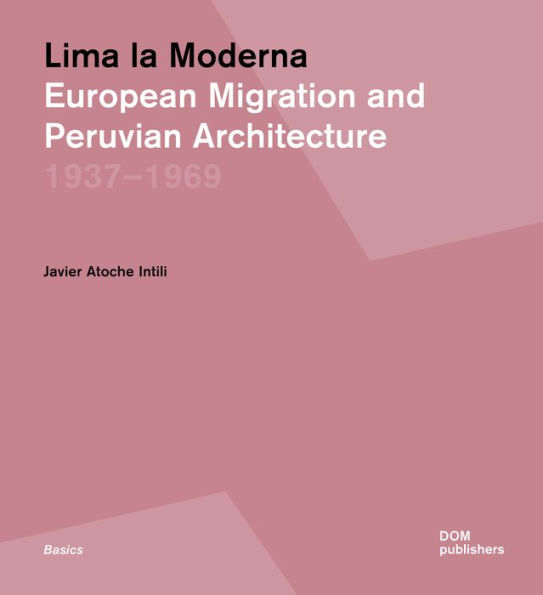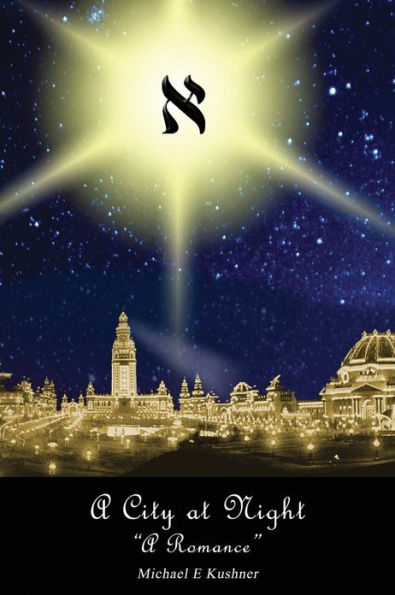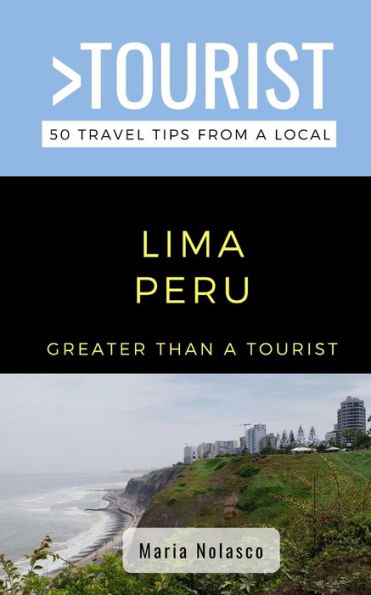Home
The City as Spectacle. Lima: Peru's Festive Place: : (Black&White Edition)


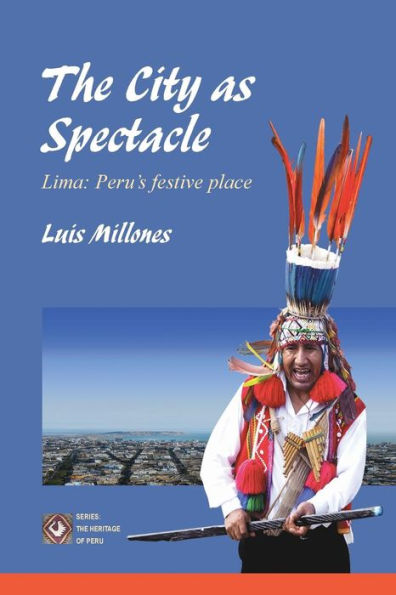
The City as Spectacle. Lima: Peru's Festive Place: : (Black&White Edition)
Current price: $30.24
Loading Inventory...
Size: OS
The perception of the city of Lima as a center of celebrations is due especially to the prestige it enjoyed during the colonial period, which stemmed from its status as the seat of government of the Viceroyalty. But this is a superficial glance if we think of the long history of the place now occupied by the disorganized, crowded and chaotic capital of the Republic of Peru. In fact the place between the Chillón, Rímac and Lurín river valleys that are the area of expansion of the primitive city founded by Pizarro had a festive pre-Columbian life, centered around the great sanctuary of Pachacamac, and other minor centers connected to the highlands, that are worth recognizing. Its visibility can be understood due to the number of archaeological monuments and to the knowledge we have today of the Lima and Ichsma societies and the Inca occupation before the arrival of the Spanish army.Likewise, the end of the eighteenth century, the decline of the metropolis also meant the loss of importance of the capital of the Viceroyalty of Peru, but other circumstances have given new life to Lima as a festive center of the country. Since 1929, we have documented reports of the appearance of associations of migrant from population centers in the interior of the country, outside the interests of large landowners, rather representing those who came to the capital in search of better life options in the face of poverty in their respective regions. It was they who, early on, began the so-called "land invasions" that became notorious in the fifties and sixties, which were rejected by the government and most of those who considered themselves "Limeños" in the face of what they saw as illegal migrants, with every conceivable prejudice, directed especially at those of indigenous origin.As expected, the migration eventually prevailed and Lima is now an Andean city, to which have also migrated the customs, music, dances and Andean gods. Lima of the twenty-first century is again the festive capital of Peru.
